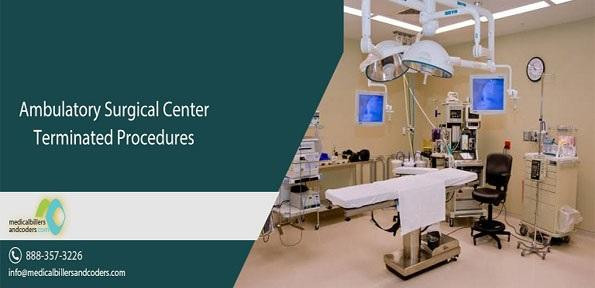Medical Billing Company Supporting Arizona Plastic Surgeons with Year-End Revenue Cycle Management

Plastic surgeons in Arizona are facing a demanding year-end period filled with growing patient volume, increased cosmetic procedure interest, and strict payer compliance regulations. From Scottsdale to Phoenix and Tucson, providers often struggle to balance high-quality surgical care with complicated claim requirements—leading to delayed payments, excessive denials, and revenue leakage. Partnering with a dedicated medical billing company can help Arizona plastic surgery practices secure faster reimbursements while staying fully compliant. Why Year-End is Critical for Plastic Surgeons in Arizona High demand for elective and cosmetic procedures before the holidays Last-minute insurance submissions as patients meet deductibles Increased documentation requirements for reconstructive procedures Need to close out old AR before payer cutoff deadlines New 2025 insurance policy revisions impacting approvals State-Specific Challenges: Arizona Plastic Surgery Practices...




Comments
Post a Comment